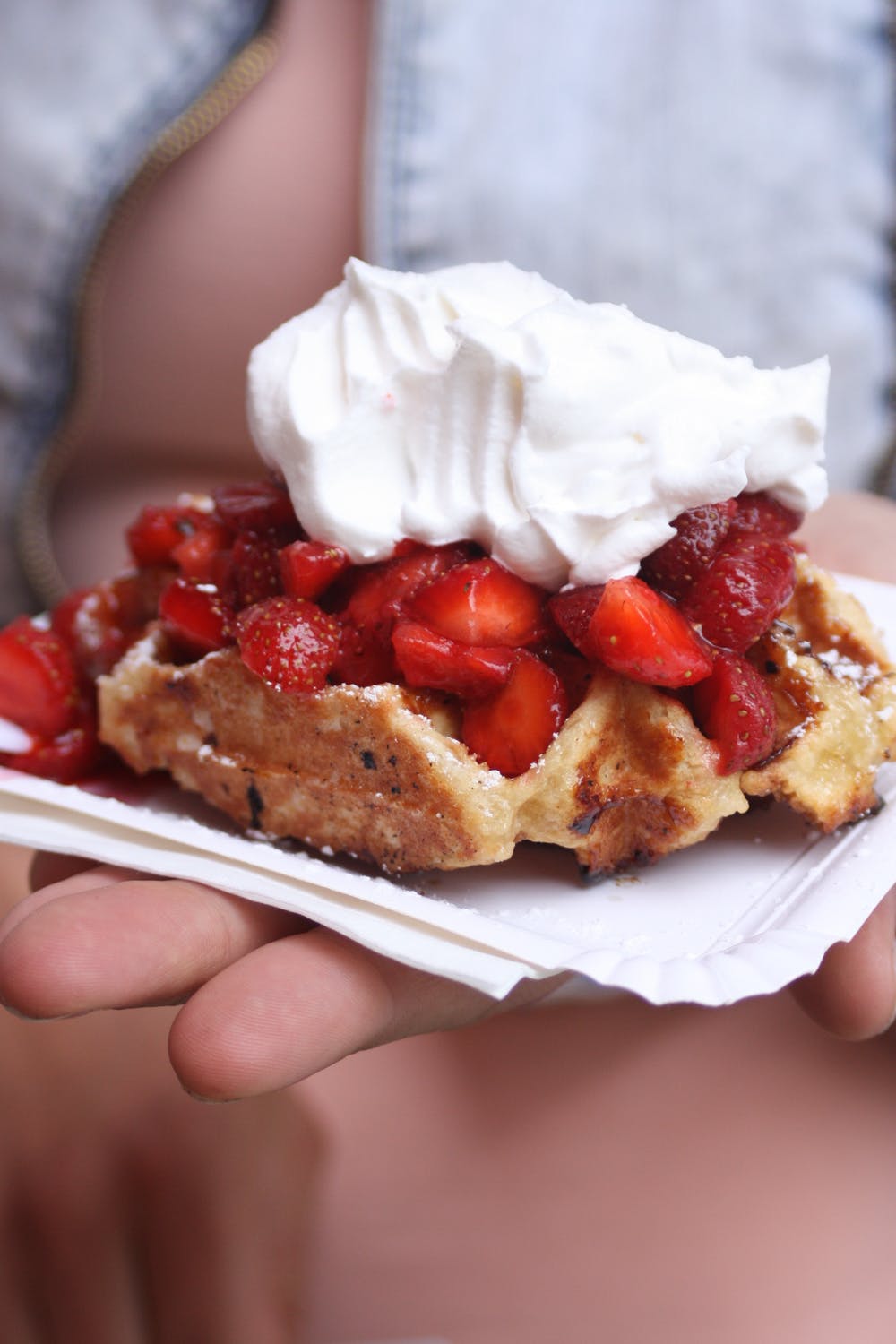Have you ever thrown away food that could have been used in a new dish? If so, you’re not alone. According to the Food and Agriculture Organization of the United Nations, one-third of all food produced for human consumption is wasted yearly. But there’s a way to reduce food waste and make the most of your leftovers – upcycling food waste. This article will discuss the benefits of upcycling leftoevrs and how you can start.

What is Upcycling Food Waste?
Upcycling foodwaste is taking food that would otherwise be thrown away and repurposing it into something new. This could be anything from turning vegetable scraps into soup stock to transforming stale bread into croutons. You can make the most of your leftovers and reduce food waste by upcycling leftovers.
The Benefits of Upcycling Food Waste
- Reducing Food Waste
One of the most apparent benefits of upcycling food waste is reducing food waste. By repurposing food that would otherwise be thrown away, you can help to reduce the amount of food that ends up in landfills. This, in turn, can reduce the amount of methane gas produced by landfills, significantly contributing to global warming.
- Saving Money
Another benefit of upcycling leftovers is that it can help you save money. You can stretch your grocery budget and get more bang for your buck by repurposing food that would otherwise be thrown away. This can be especially helpful if you’re on a tight budget or trying to save money for a special occasion.
- Supporting the Environment
Finally, upcycling leftovers can help to support the environment. By reducing food waste, you’re helping to conserve natural resources, such as water and energy. This can help reduce the pollution caused by food production, transportation, and disposal.

How to Get Started
- Start Small
If you’re new to upcycling food waste, it’s best to start small. Start by repurposing small amounts of food, such as vegetable scraps or stale bread, into something new. This will help you get used to the process and give you a chance to experiment with different recipes.
- Plan Ahead
Another way to get started with upcycling leftovers is to plan ahead. Before you go grocery shopping, take inventory of the food you already have in your kitchen. This will help you avoid buying too much food, which can lead to food waste. Additionally, plan meals that use up the food you already have, such as soups, salads, and casseroles.
- Experiment
Finally, don’t be afraid to experiment with upcycling food waste. Try out different recipes and see what works best for you. You may be surprised at how creative you can get with your leftovers.

Conclusion
Upcycling food waste is a great way to make the most of your leftovers and reduce foodwaste in the process. It can help you save money, reduce your environmental impact, and get creative in the kitchen. So why not give it a try? You may be surprised at how easy and rewarding it can be.















